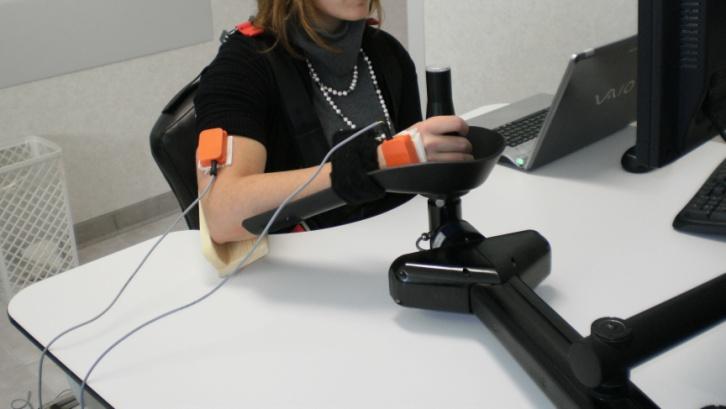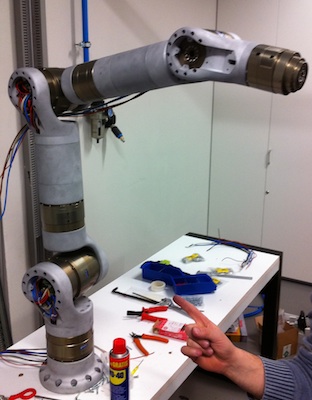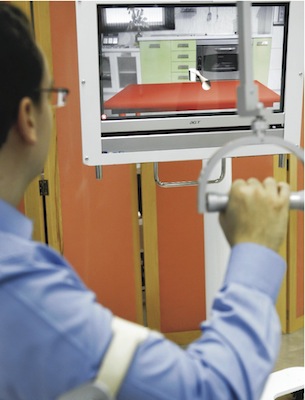Feb 2, 2011 , by
Public Summary Month 2/2011
The MAAT project aims at developing a new robotic system for the administration of highly sophisticated therapy to stroke patients able to (i) maximise patient motivation and involvement in the therapy and (ii) continuously assess the progress of the recovery from the functional and neurological viewpoint, with special attention to the issue of safety in human-robot interaction. The main novelty of the MAAT approach is to close patient in the loop and use multi-sensory data (such as motion, forces, voice, muscle activity, heart rate, skin conductance etc.) to adaptively and dynamically change complexity of the therapy and real-time displays of an immersive virtual reality system in accordance with specific patient requirements.
During the first three months of the project, the following activities have been carried out by UCBM and UMH:
1- Coordination and Management
Activities of coordination and management have been carried out since project beginning. They also include ethical issues management because of the project purpose of monitoring subjects behavioral and physiological data. To this regard subject information sheet and informed consent have been prepared.
2- Scientific activities
2.1- In order to indentify the equipment for monitoring patient behavioral and physiological state, a state of the art on this topic has been carried out.2.2- Data processing techniques for analyzing patient kinematic and dynamic parameters have been carried out exploiting MIT-Manus robot and 2 magneto-inertial sensors (XSense MTx), available at UCBM, placed on upper limb. Preliminary experimental results can be found in (Zollo et al, 2010), (Zollo et al, 2011).

2.3- The activities described in Sub-Tasks 2.4 and 2.5 started correctly at month two. The analysis of the state-of-the-art in the evaluation of patient’s intention and physiological state has been reported. Based on the information analyzed about evaluation of patient’s intention and physiological state, a ser of target devices has been identified like: ECG electrodes, Electrodermal response (GSR), Respiration, Blood pressure, Skin temperature, Pulse, EMG sensors. Patients using a rehabilitation robot might need additional extrinsic feedback to stay informed about limb position, collision, contact with items in virtual environments, etc. Vibration, temperature and skin-stretch stimulation are intuitive ways to provide extrinsic feedback related to limb position and collisions/contact



2.5- The main goal of the Sub-Task 3.2 is the development of an immersive virtual reality system that will be dynamically modified according to the patient’s physiological reactions to the given robotic therapy in order to maximize the patient’s motivation and the therapy outcomes. The stimulation systems described in Sub-Task 2.5 is being integrated with the virtual reality (VR) system developed in this task in order to stimulate the patient in a similar way that a therapist would do it (Morales et al, 2010).

(Morales et al, 2010) Morales, R.; Badesa, F.J.; Domenech, L.M.; Garcia-Aracil, N.; Sabater, J.M.; Menchón, M.; Fernandez, E.; Design and control of a rehabilitation robot driven by pneumatic swivel modules Biomedical Robotics and Biomechatronics (BioRob), 2010 3rd IEEE RAS and EMBS International Conference on, 26-29 Sept. 2010
(Zollo et al, 2011) Zollo L, Accoto D, Sterzi S, Guglielmelli E. Rehabilitation Robotics, Therapeutic Robotics. Springer Handbook of Medical Technology, K. Rüdiger, K.-P. Hoffmann, R.S. Pozos, (Eds.), Chap. 44, 2011 (ISBN: 978-3-540-74657-7).








